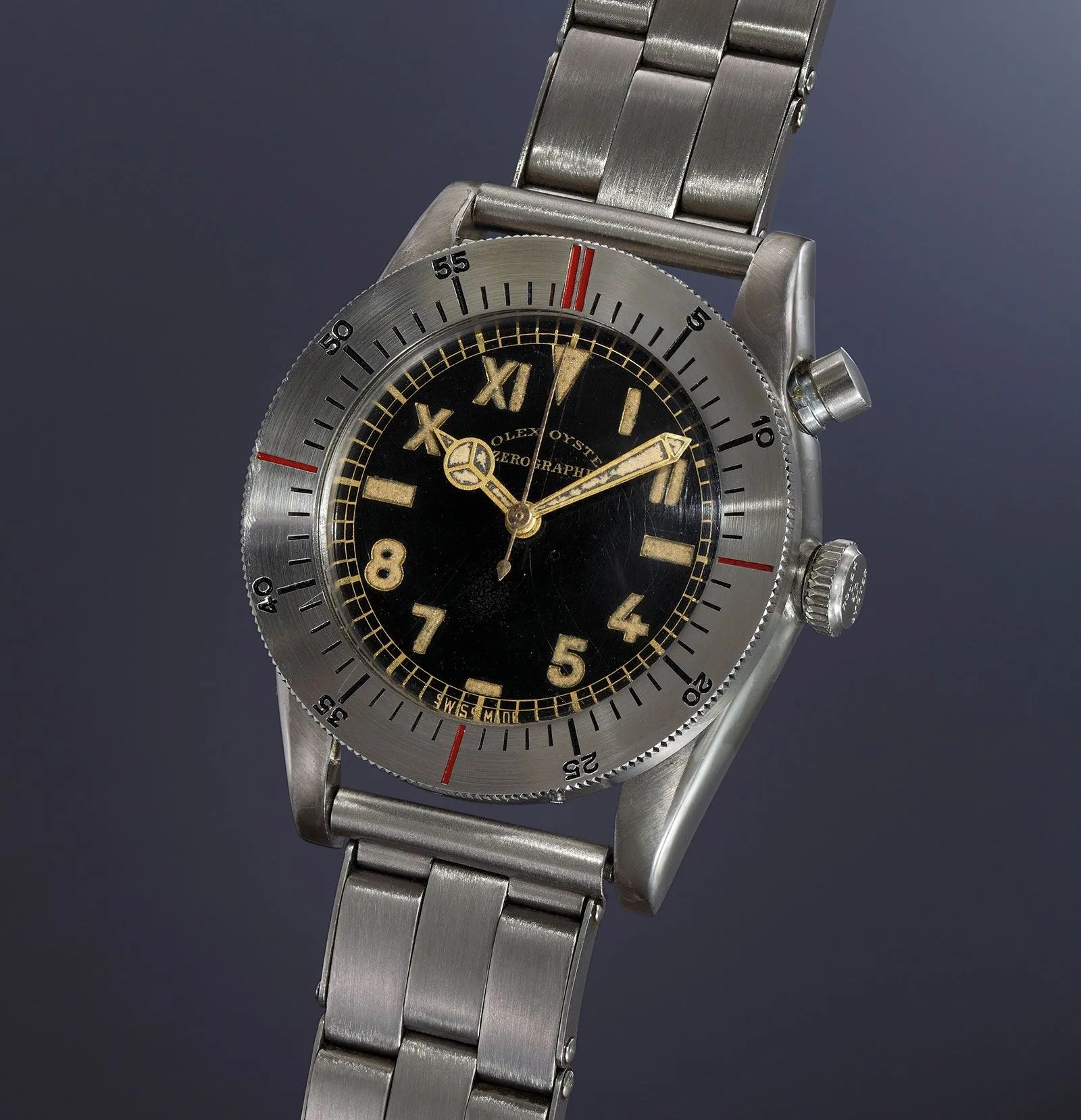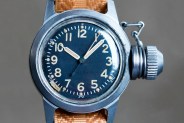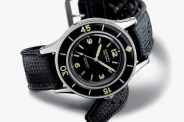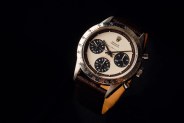Welcome to Watches You Should Know, a biweekly column highlighting important or little-known watches with interesting backstories and unexpected influence. This week: the Rolex Zerographe.
When the modern dive watch emerged in the early 1950s, it was a winning combination of elements that had evolved over decades: water resistance via a unique case design, strong legibility with luminescent dials, automatic winding and, of course, the distinctive timing bezel that defines the look. Though the clever bezel design found its perfect niche on the dive watch, a mysterious Rolex watch from over a decade earlier was a pivotal evolutionary link.
In 1937, Rolex created the reference 3346 Zerographe. It came in different variations, but the most famous model has a captivating look: With a “California dial” (half-Roman, half-Arabic numerals) and prominent steel bezel with a 60-minute scale, it looks thoroughly modern in its design (though it’s only 32mm wide). You could easily mistake it for a dive watch (and in fact it did use Rolex’s “waterproof” Oyster case) — but a pusher at 2 o’clock hints that there’s more going on.
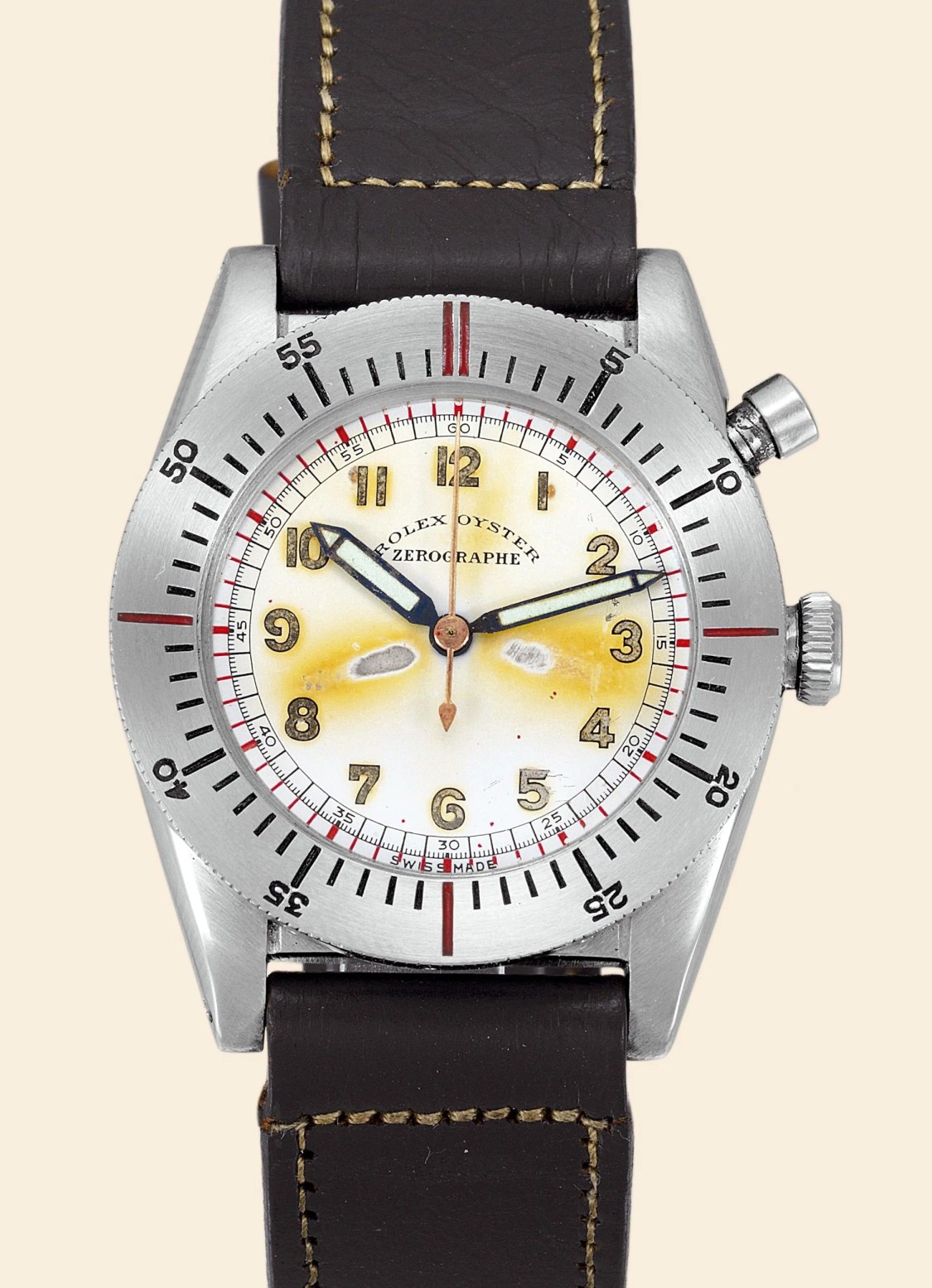 Antiquorum
AntiquorumThe Zerographe looks little like any chronograph as we know them today, but it features a strange take on the stopwatch function and was Rolex’s first stab at an in-house chronograph movement. When taken together with its rotating bezel (a first for a Rolex model), this stopwatch movement means that the Zerographe is the progenitor of the two most significant Rolex watches ever: the Submariner (dive watch) and Daytona (chronograph).
Most chronographs have many subdials and hands with a couple of pushers to stop, start and reset the stopwatch function. But the Zerographe dial looks like that of a typical time-only watch — and it functions in the same way too, displaying hours and minutes with the seconds hand sweeping continuously around the dial. So where’s the chronograph? How do you use it to time something? The answer turns out to be simultaneously clever and crude:
